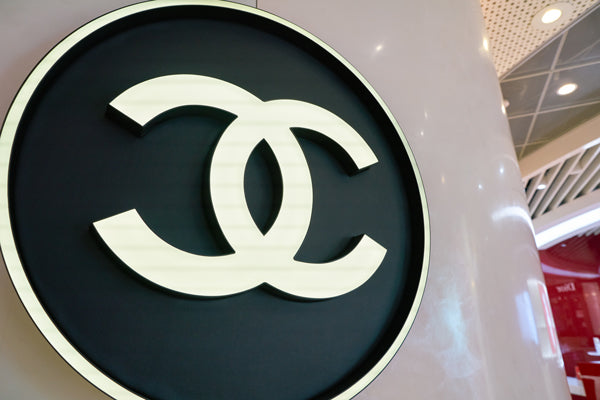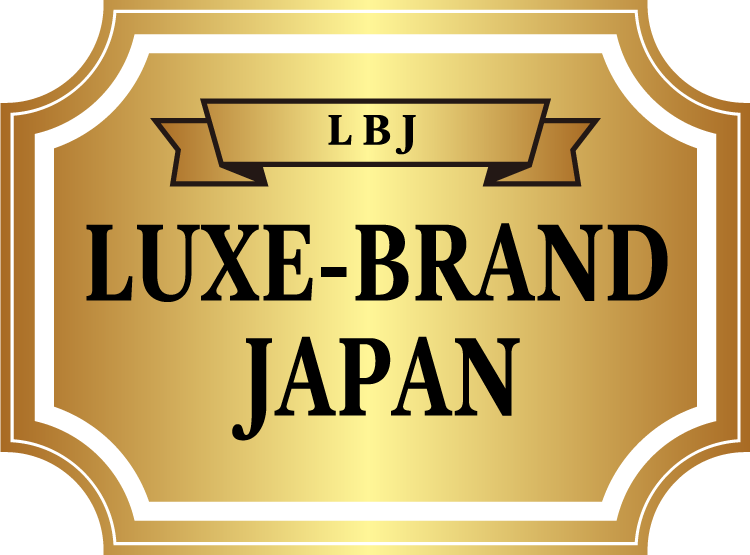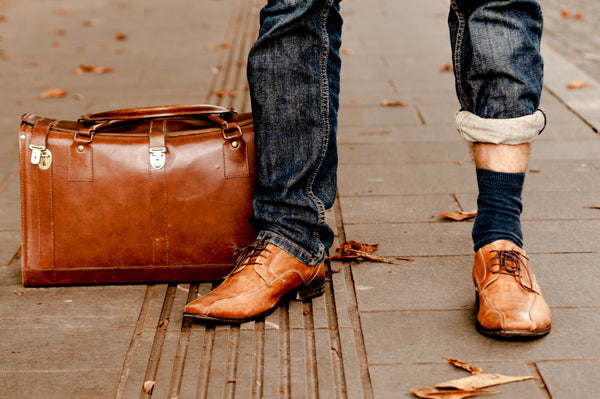
Coco Chanel as an inventor and revolutionary
The fashion brand Chanel, now known around the world, got its start when its founder, Coco Chanel (Gabrielle Chanel), opened a hat specialty store in Paris.
Liberation from corseted fashion
At that time (early 20th century), women's clothing was dominated by the bustle style, in which women were forced to wear a corset to create a waistline, and then wore a full skirt. Long skirts that were long enough to touch the floor were also considered appropriate.
However, this fashion was the ideal image of a woman from a man's point of view, and from the point of view of a woman who actually wore the clothes, it was very tight and difficult to move, and could hardly be called functional.
Chanel was very much opposed to this fashion of the time, and proposed a functional fashion that did not use corsets and had skirts that were about the length of the knee.
In fact, at this time, World War I was beginning, and many men were away on the battlefields, leaving women to do the heavy lifting in place of men. In such an era, Chanel's style, which was easy to move in and functional, yet still expressed feminine beauty, made a strong impression on many women by proposing a new value system that allowed women to live in a style that was not in line with men's values, but rather a style that was primarily feminine.
The new style proposed by Chanel promoted not only physical freedom but also women's advancement in society, contributing to the subsequent elevation of women's status.

Taboo colors became the standard!
Chanel, who drove a wedge into the previously "traditional" women's fashion and brought about a revolution, also paid attention to "color.
During this period, black was considered a color used for mourning and other forms of mourning, and was considered inappropriate and taboo for social and formal wear. Black was also perceived as a heavy color, and bright, flamboyant colors were preferred for official occasions.
However, Chanel, who herself loved to wear black, advocated that black was attractive and gave an impression of sophistication and invented a simple, black-based clothing design. The design is characterized by its simple shape based on the color black. The dress was therefore highly versatile, suitable for any occasion, and was favored by many women for its ability to be enjoyed in a variety of styles with a single piece.
The dress was later worn by numerous movie stars, further increasing its popularity. For example, the little black dress worn by Audrey Hepburn in "Breakfast at Tiffany's" is still loved by many.
Today, the little black dress is sold by many fashion brands, and the designs and materials are diversified. However, the simple and stylish design advocated by Chanel is still loved by many women today.
Standard cosmetic items also come from Chanel
Coco Chanel had a unique approach not only to fashion but also to beauty, and introduced cosmetic products such as perfumes and lipsticks from her own brand, Chanel.
Her first perfume was "Chanel No. 5," the world's first floral synthetic perfume.
At the time, perfumes were often made from a single natural ingredient and had the problem of being monotonous in scent. Also, perfumes were mainly used by upper-class women at the time, and were not a very common product.
Against this backdrop, Chanel aimed to develop a perfume that could be easily used by ordinary women by using synthetic fragrances to create a more complex and rich scent. In addition, the name "No5" was chosen for its simplicity and ease of memorization by selecting the number "5," a favorite number of Chanel's. The name "No5" was also chosen for its ease of use by women at the time.
No5" had a huge impact on women at the time, and became a huge hit as an innovative fragrance. Even today, "No5" continues to be loved around the world and is known as one of Chanel's most iconic perfumes.

Chanel also revolutionized lipstick. Lipstick has existed since the time of the ancient Egyptians, and has been made in various shapes and materials over time. The prototype of the modern lipstick was developed by an American chemist in 1884 and was already on the market in the early 20th century.
At the time, lipsticks were mainly solid lipsticks made of oil or wax, but Chanel, in keeping with her own aesthetic, invented lipsticks in a smooth, creamy form. Furthermore, by blending various colors, Chanel wanted to expand the color variation of lipstick and encourage women to enjoy makeup in their own free style.
The background of Chanel's invention of lipstick was also influenced by the social conditions of the time. After World War I, women entered the workforce and became more active in social circles, which led to an increase in demand for cosmetics. Chanel wanted to help women become more beautiful and confident in social situations by launching her own brand of lipstick. Unlike the lipsticks of the time, Rouge Chanel was a simple design with a black case and a white logo printed on it. Even today, it continues to be loved as one of Chanel's most representative cosmetic products.
Chanel liberated jewelry for women
Chanel also revolutionized jewelry. Specifically, she introduced imitation jewelry (including Japanese cultured pearls) to the world.
Chanel adopted imitation jewelry for several reasons.
First, at the time, real gemstones and luxury jewelry were only available to the wealthy and were too expensive for ordinary women. Therefore, Chanel sought to give ordinary women the opportunity to wear jewelry by creating imitation jewelry and selling it at a high quality and affordable price.
Secondly, at the time, the materials, carat weights, and brand names were more important than the design of jewelry, and when designs became outdated or out of season, they quickly fell out of fashion. Therefore, in imitation jewelry, Chanel emphasized design and artistry over materials, pursuing classic designs that were not influenced by trends.
Third, Chanel focused on old and vintage jewelry that she had loved and used as motifs for her imitation jewelry. In this way, she wanted ordinary women to experience the vintage beauty and individuality that Chanel loved.
For these reasons, Chanel adopted imitation jewelry and developed into a brand loved by many women for its high quality, affordable prices, classic designs that were not influenced by trends, and unique vintage motifs.
List of items first introduced by Chanel(excerpts)
| 1916 | ・Jersey dress ・Simple skirt style (free from corsets and other styles that made it difficult to move) |
| 1917 | Women's pants style (Chanel herself had been active in pants style fashion for some time) |
| 1921 | Synthetic perfumes (birth of No. 5) |
| 1924 | Lipstick that could be used outside (initially to enhance the convenience of the lipstick she was using) |
| 1926 | Dress in black (birth of the little black dress) |
| 1955 | Shoulder bag (freedom from the inconvenience of having one hand occupied by a bag) |






